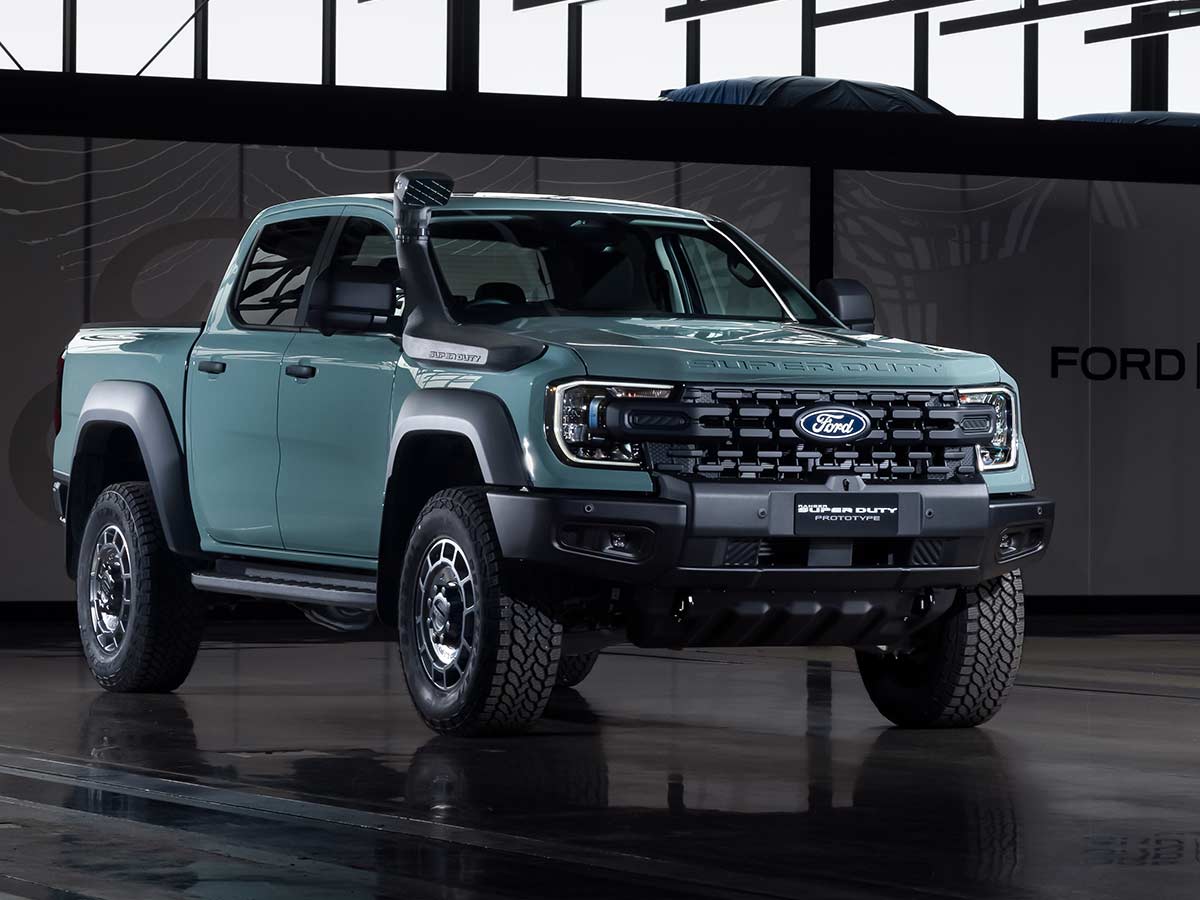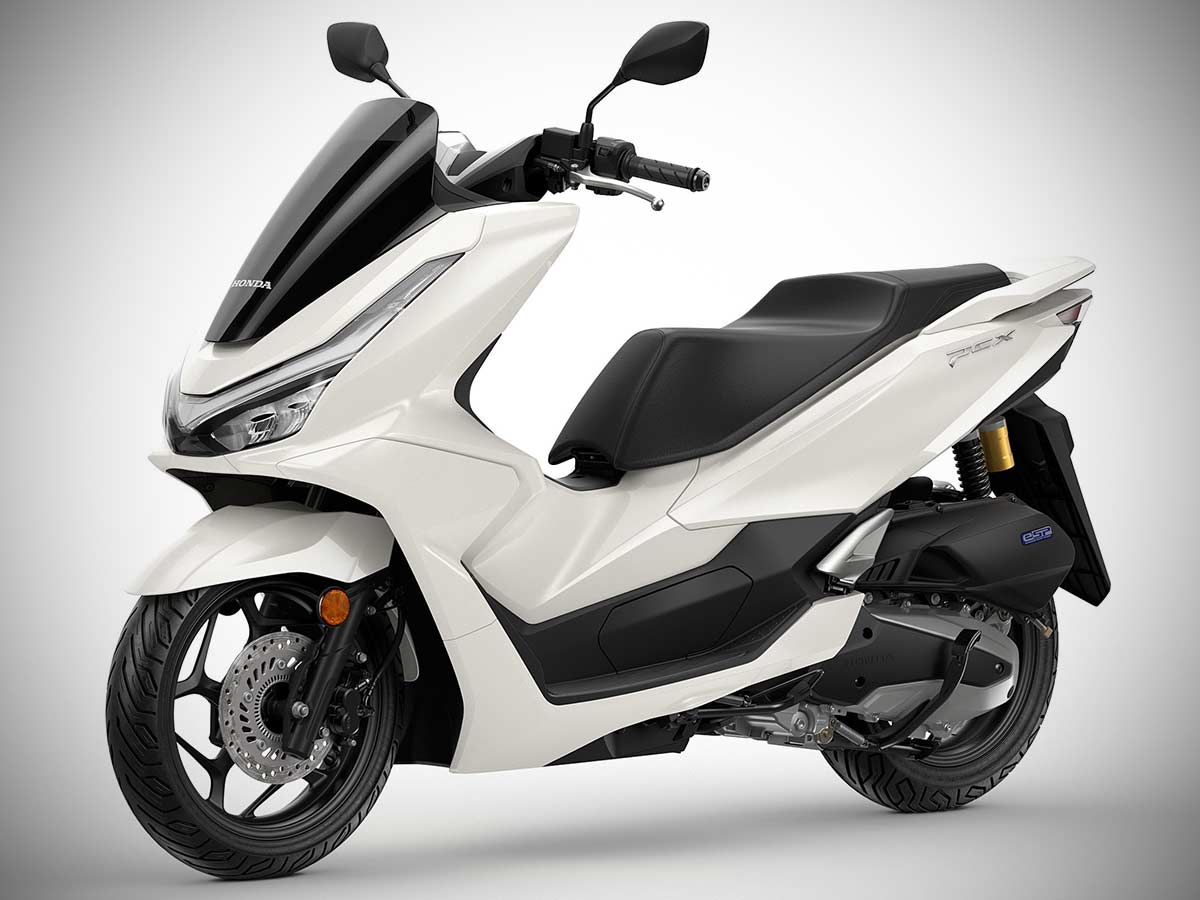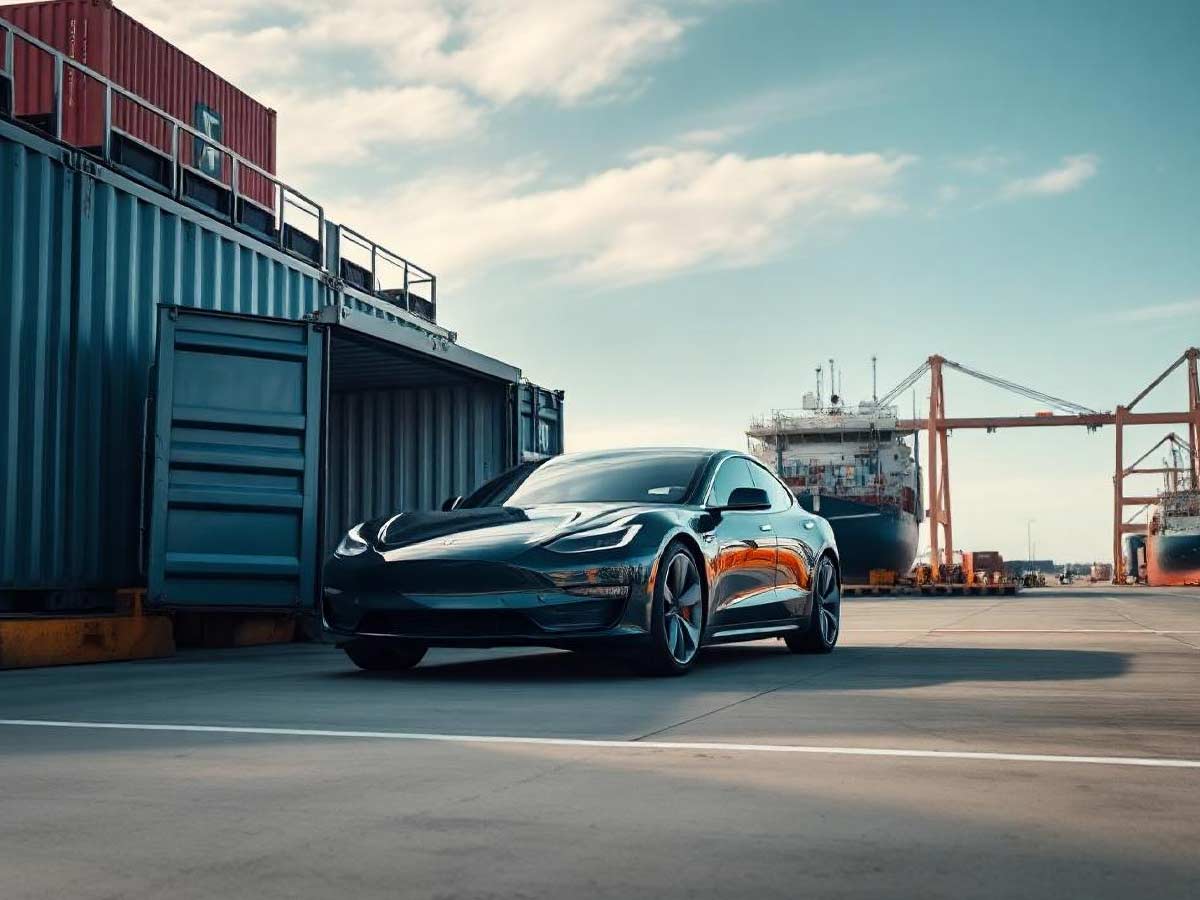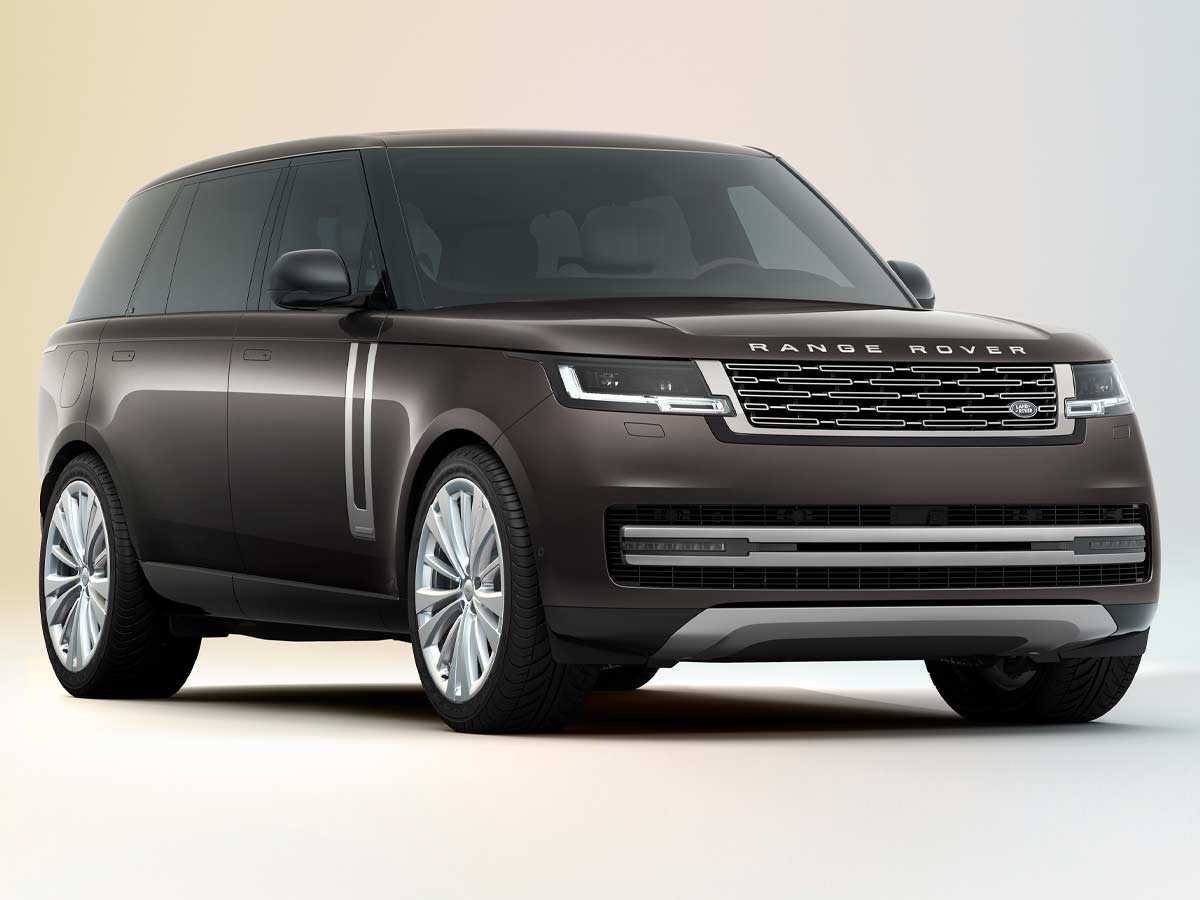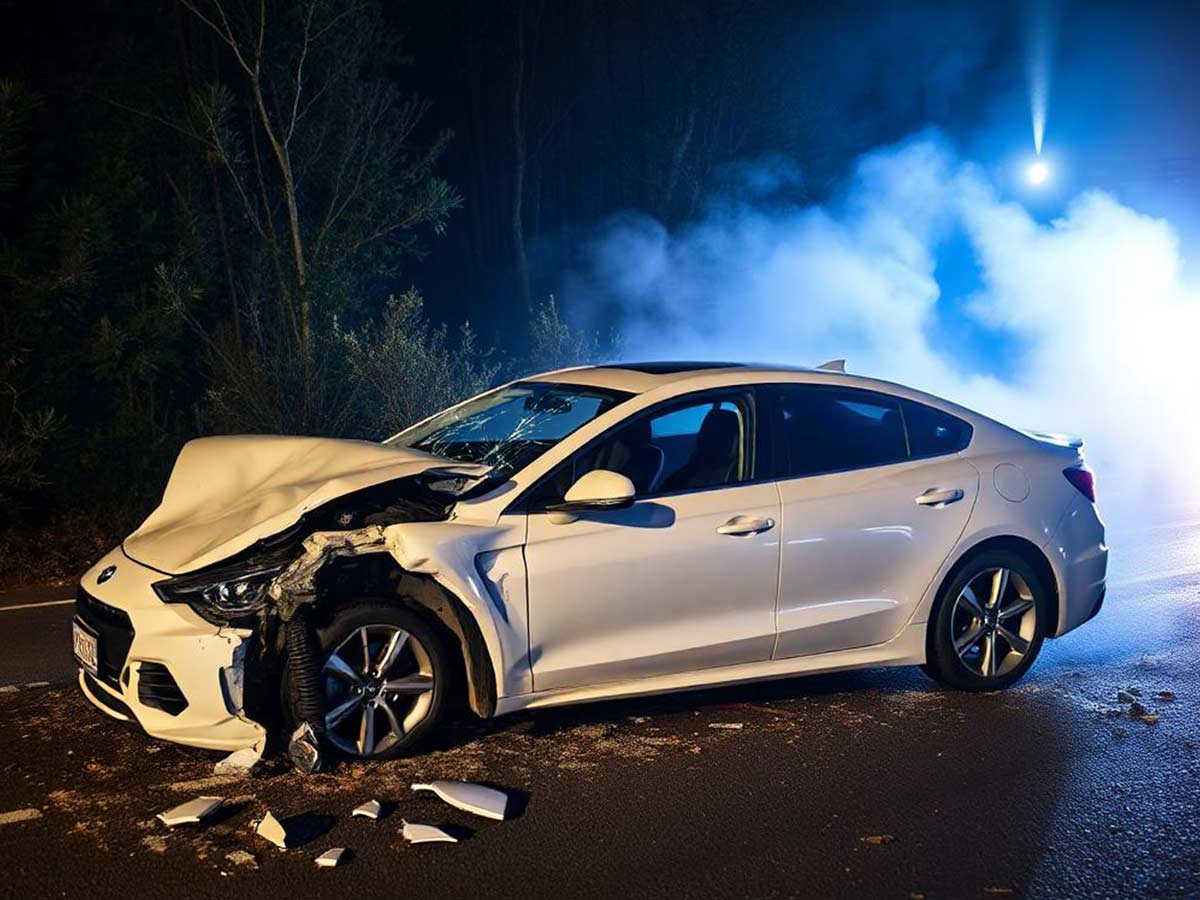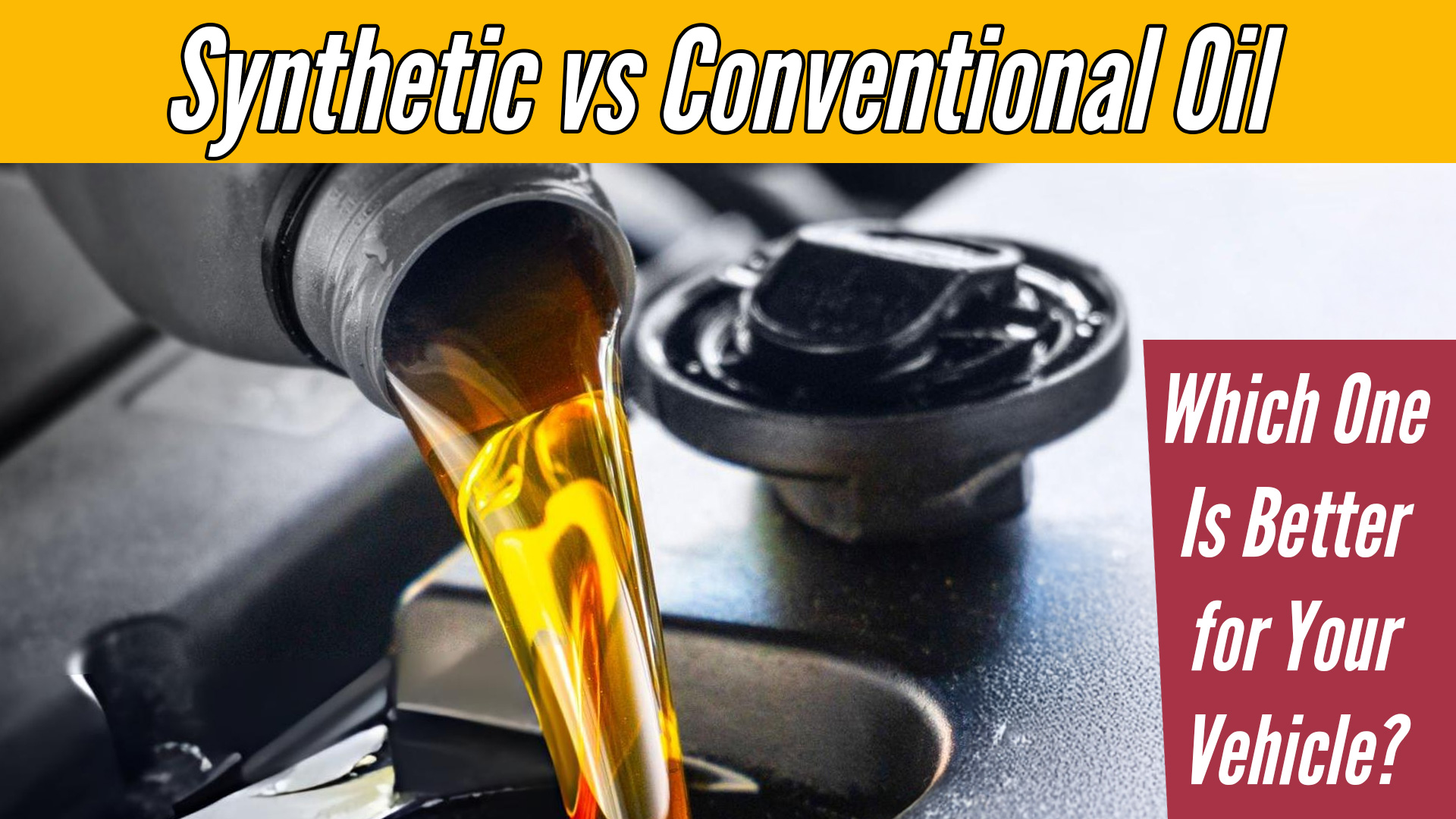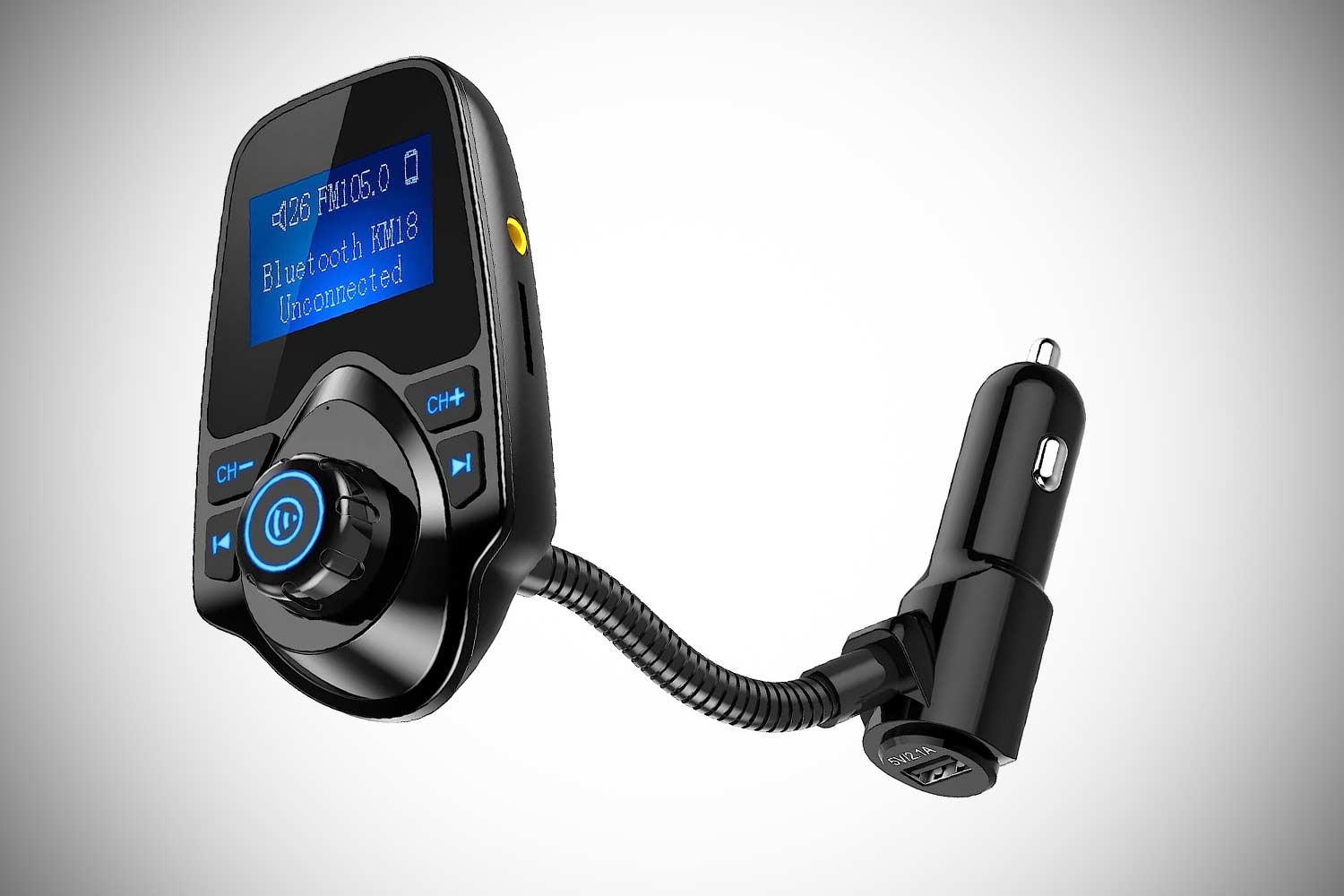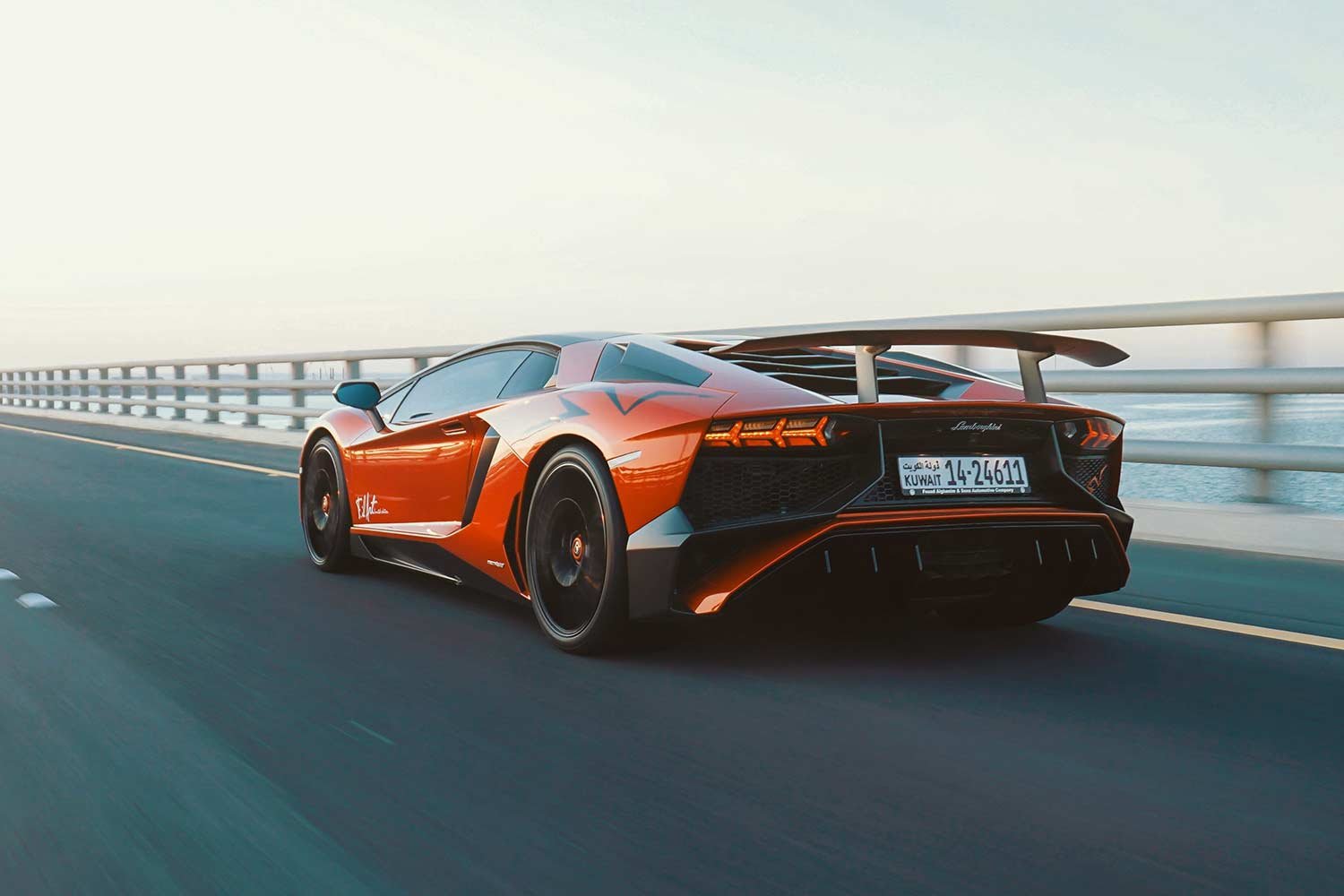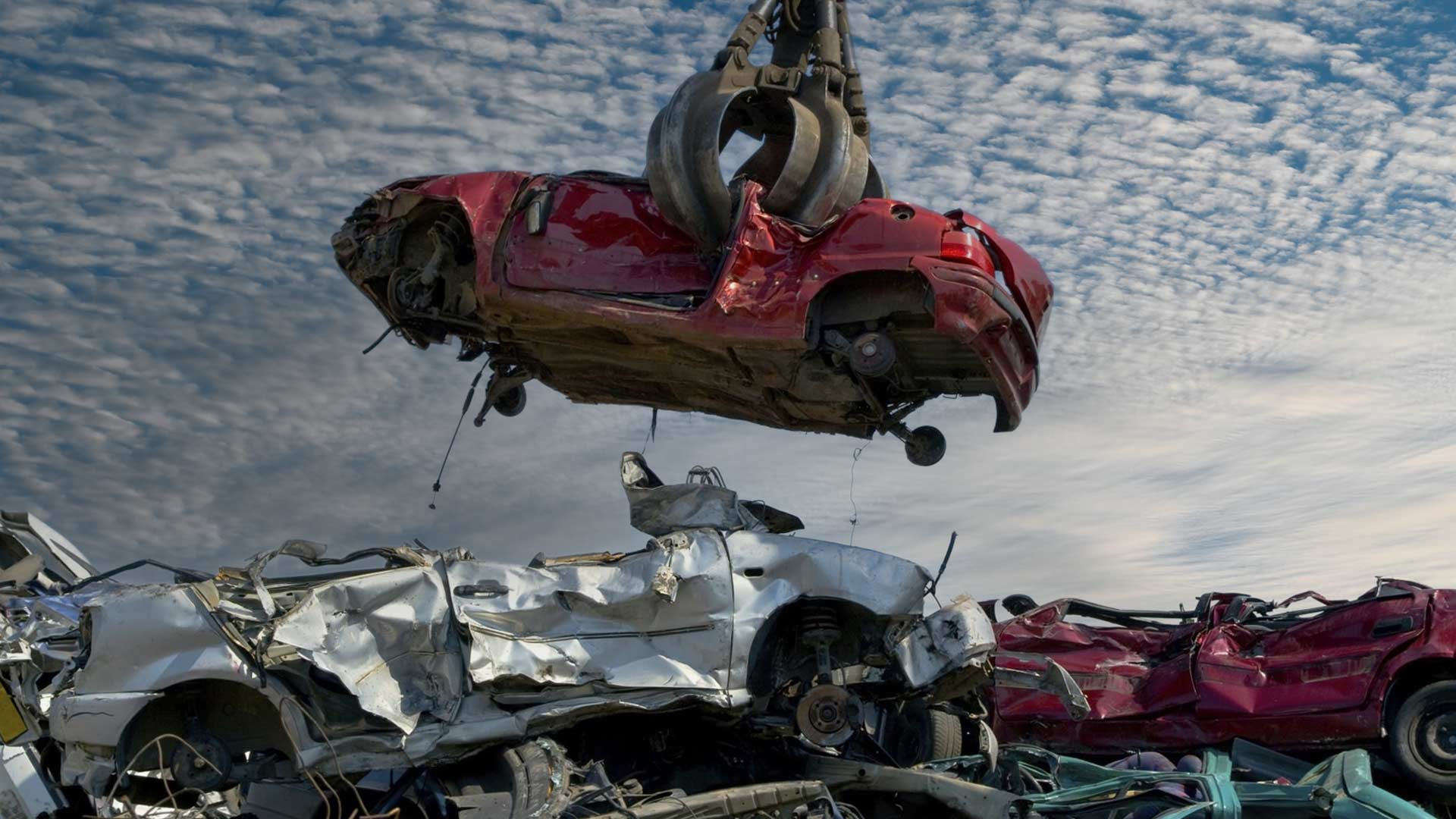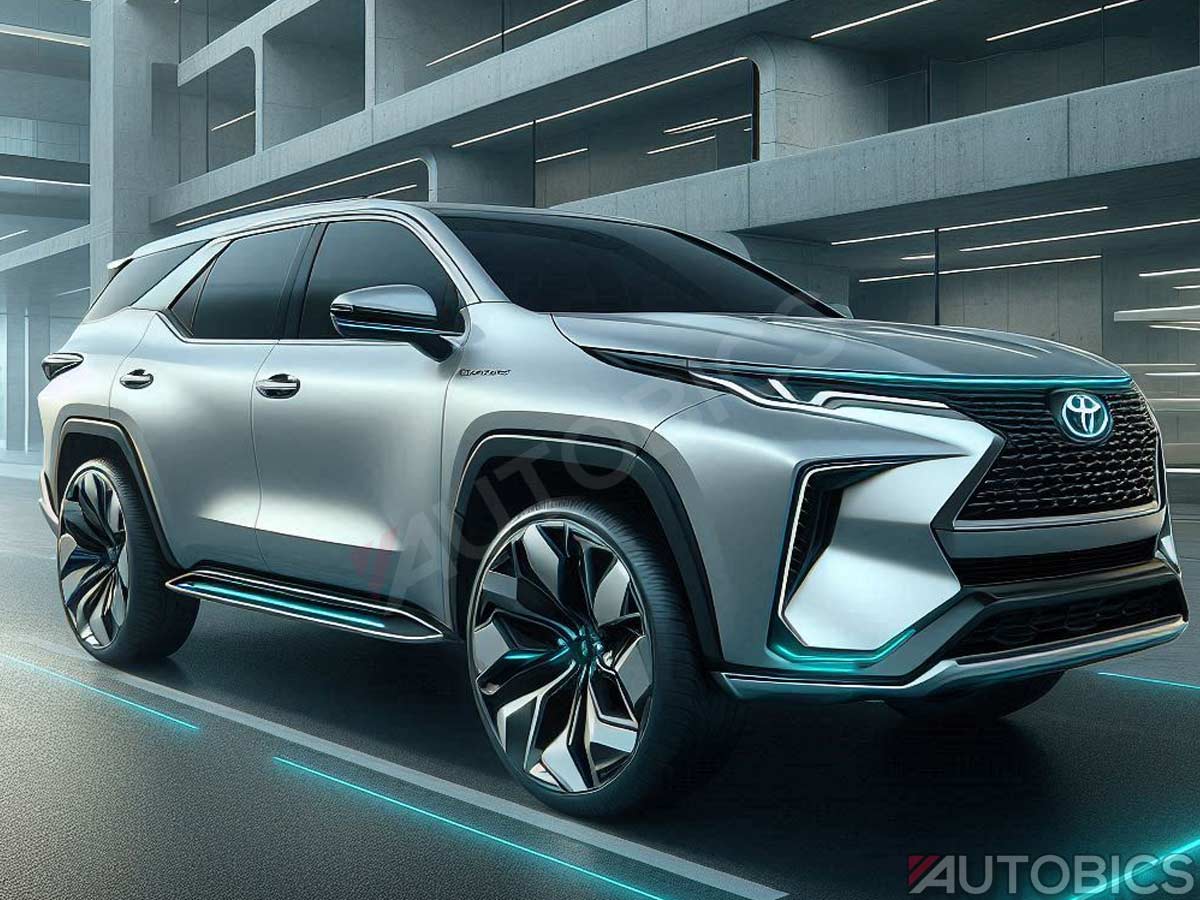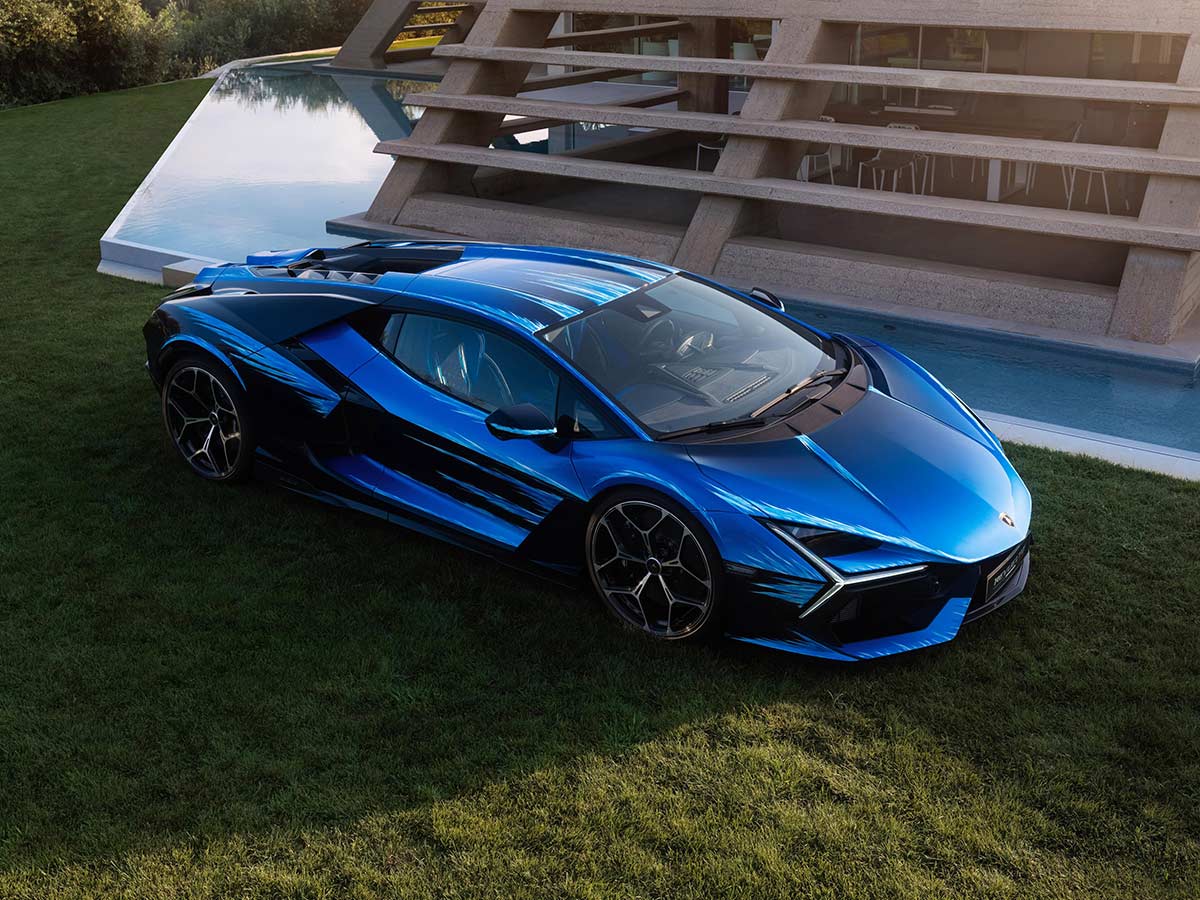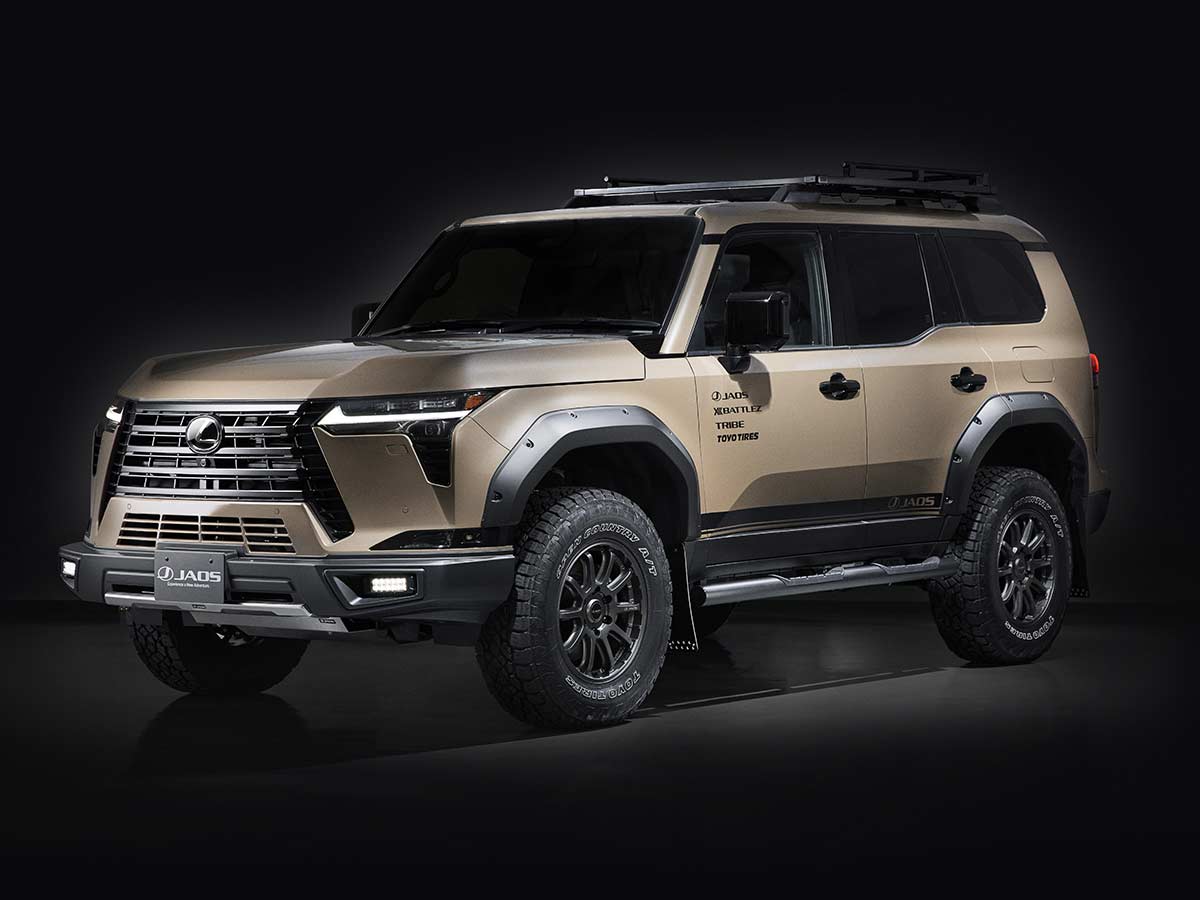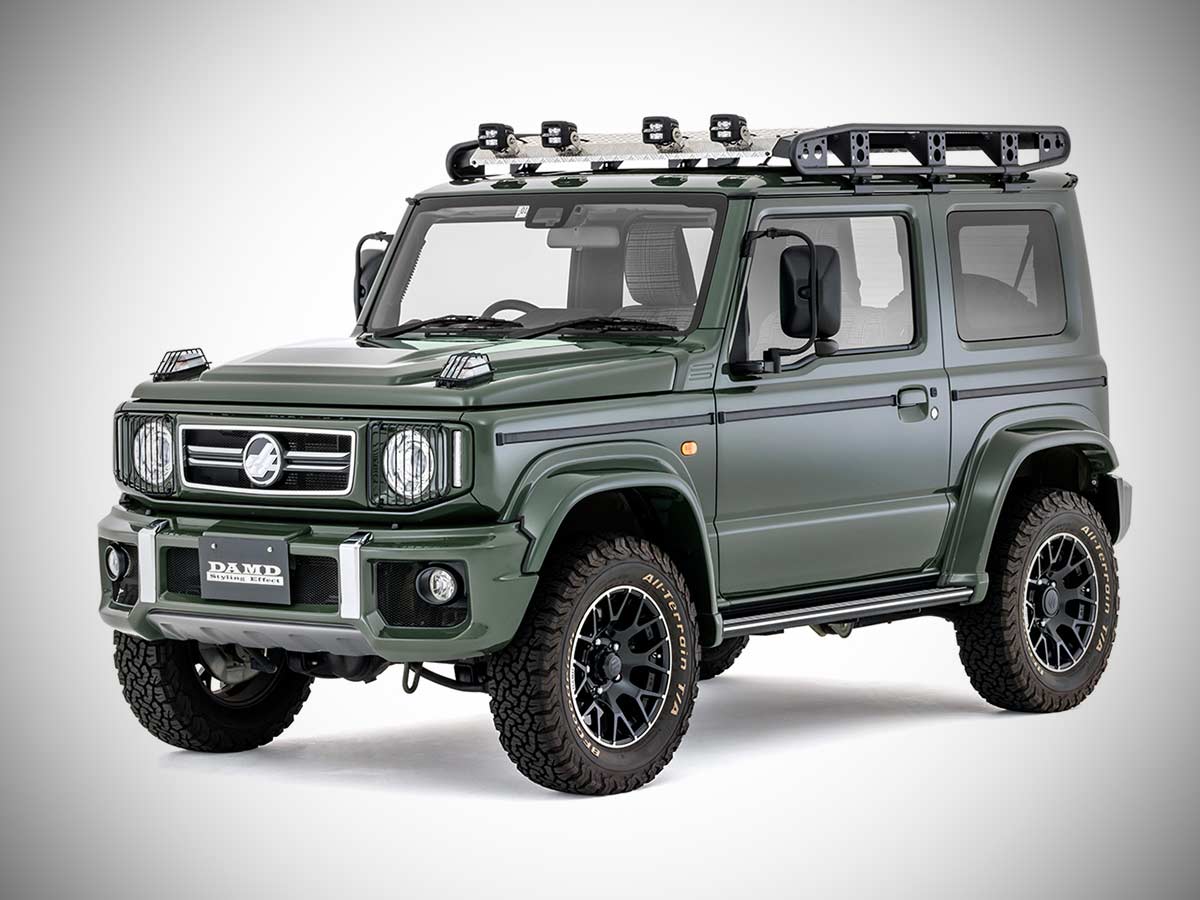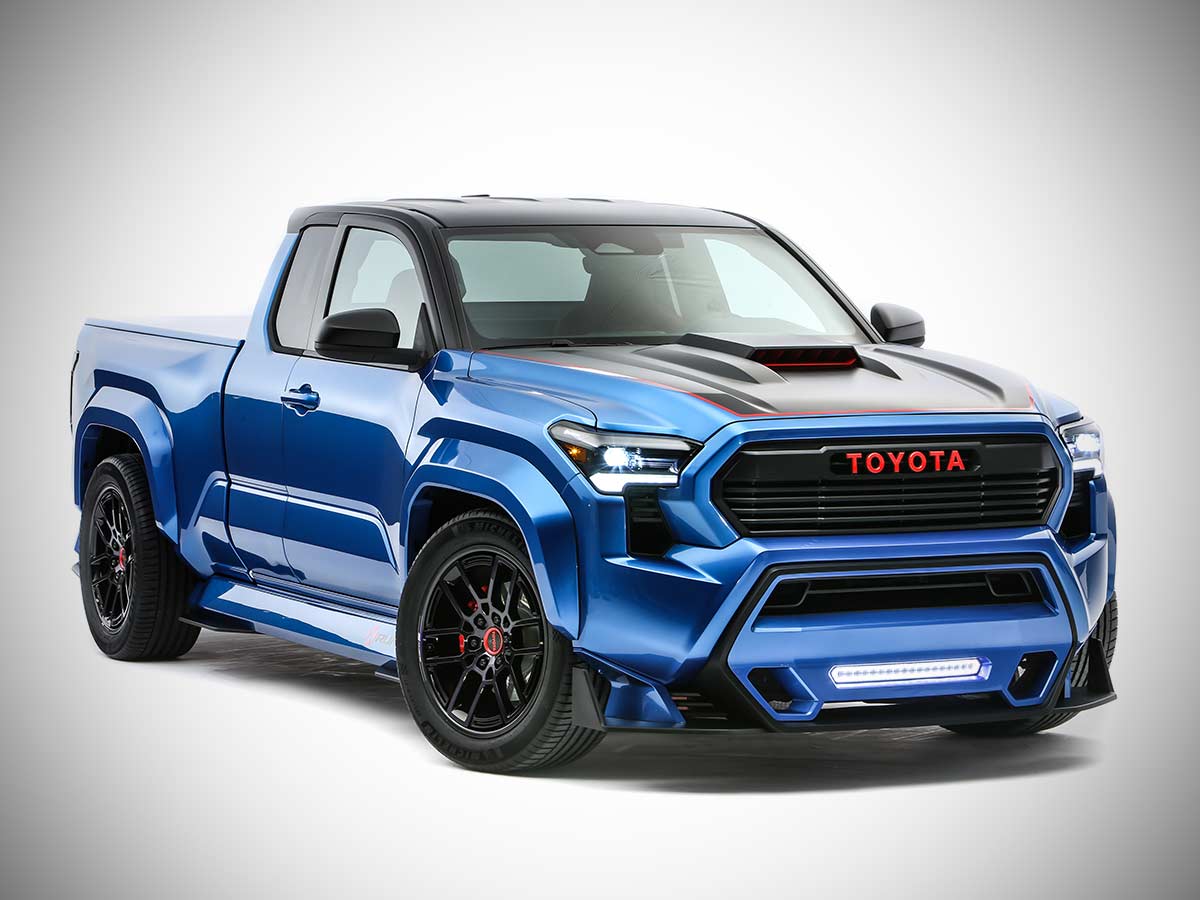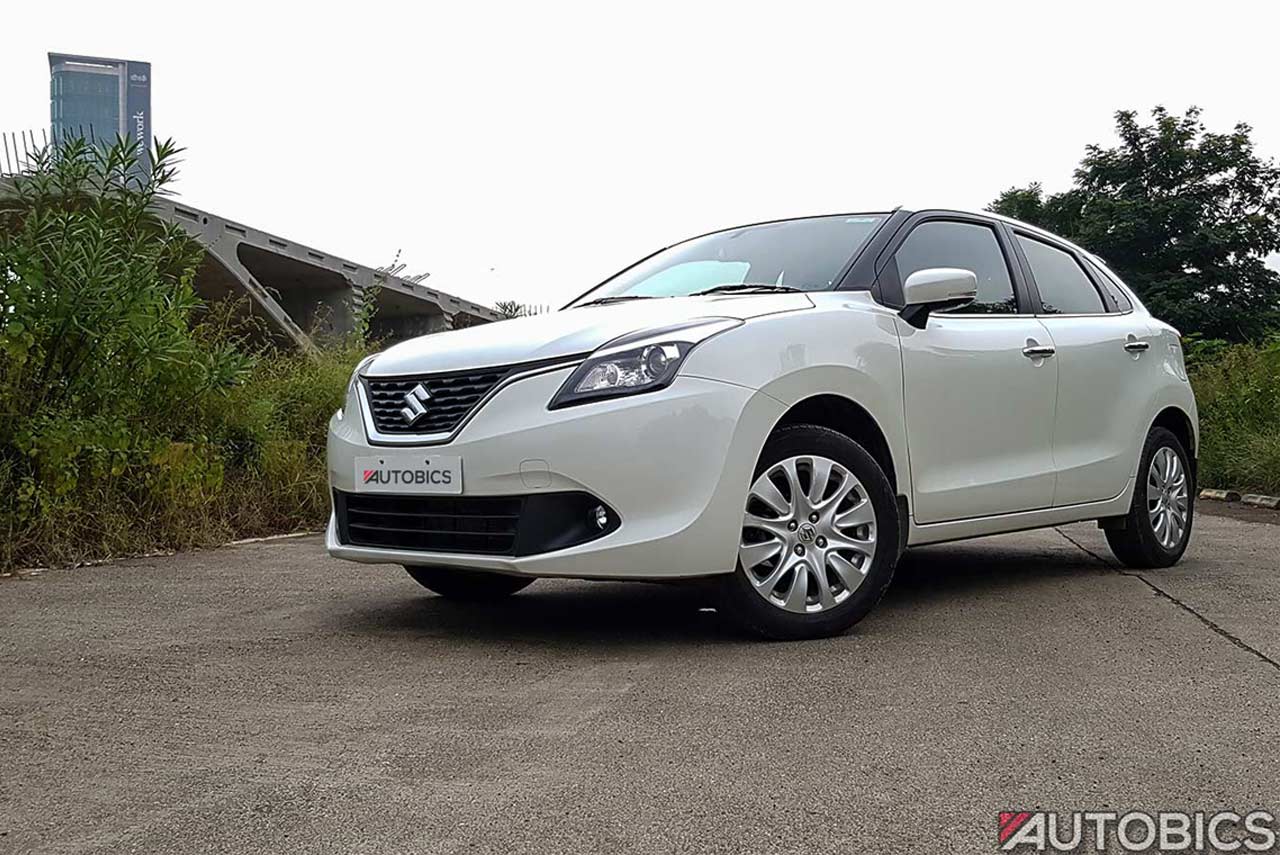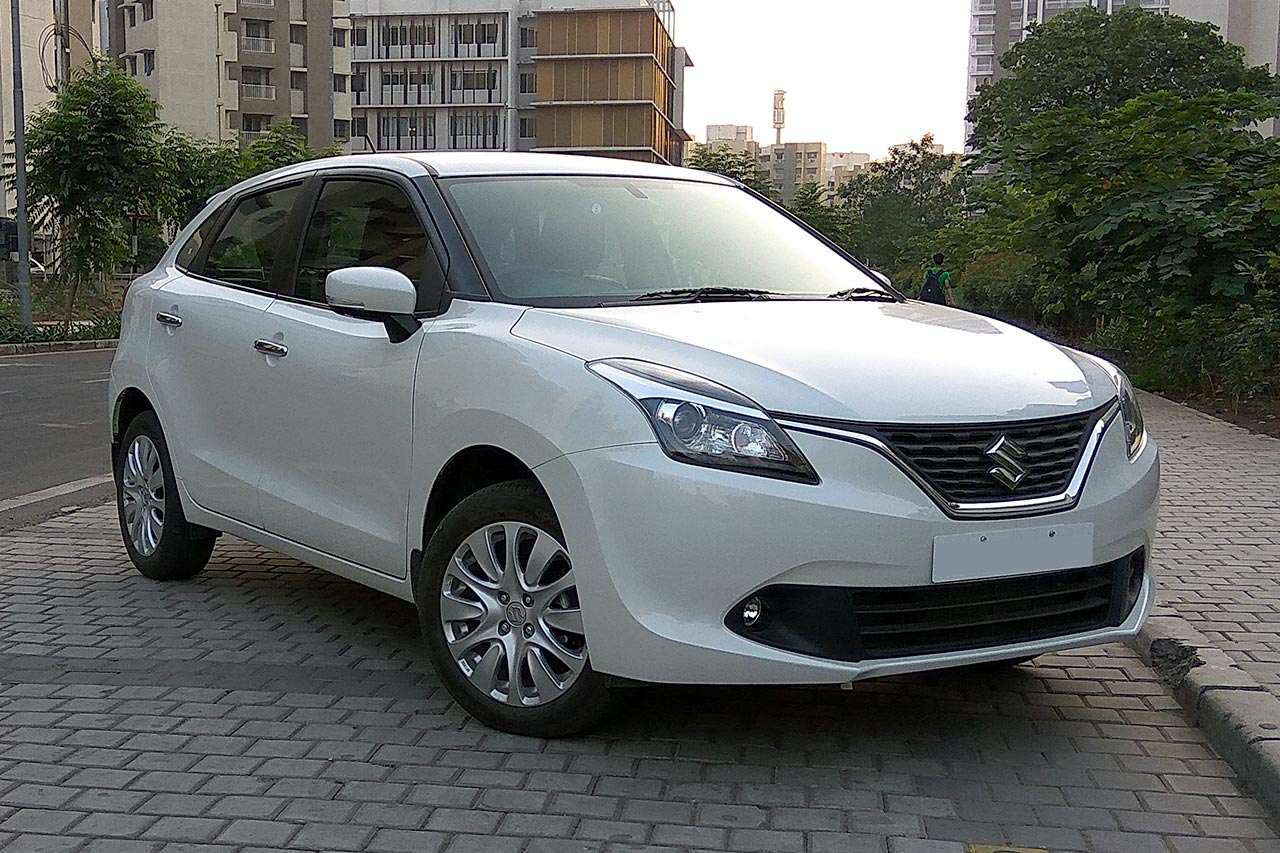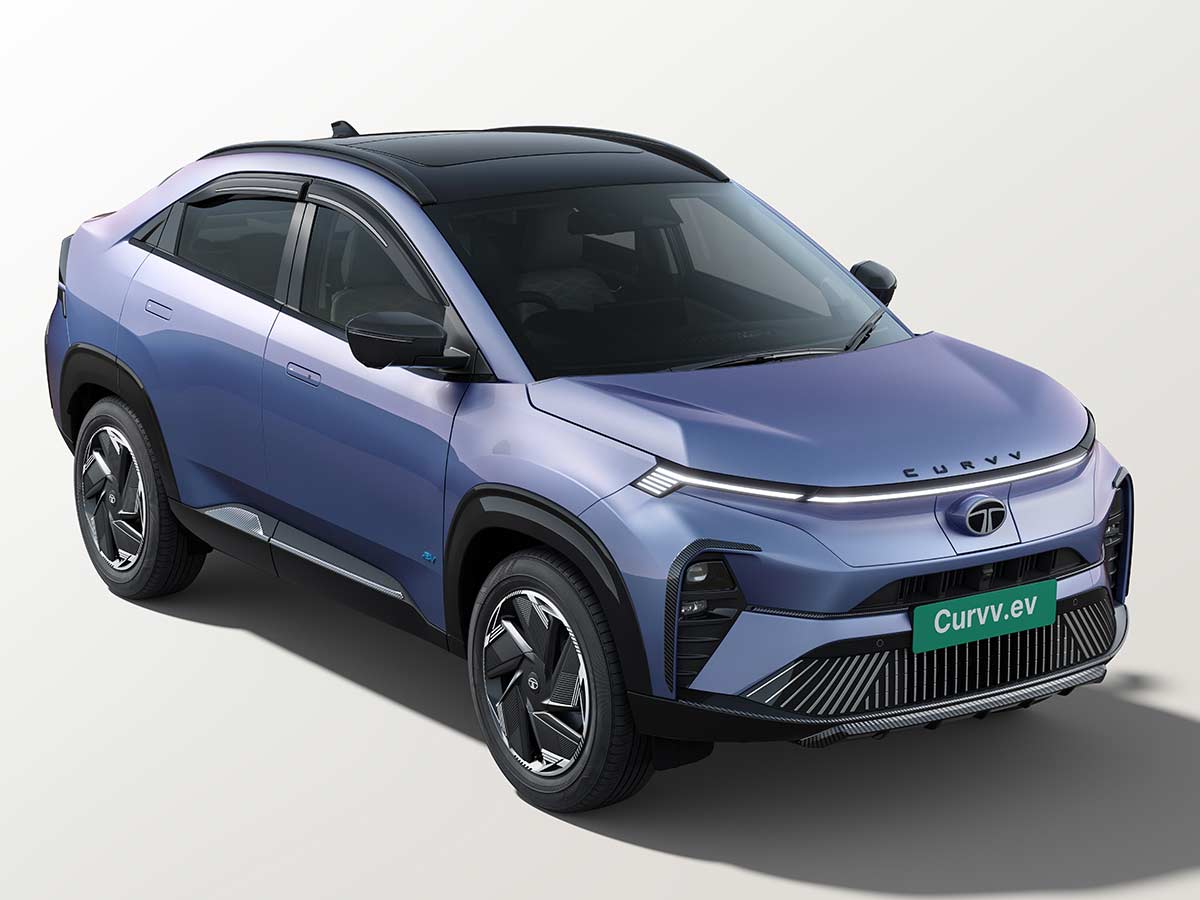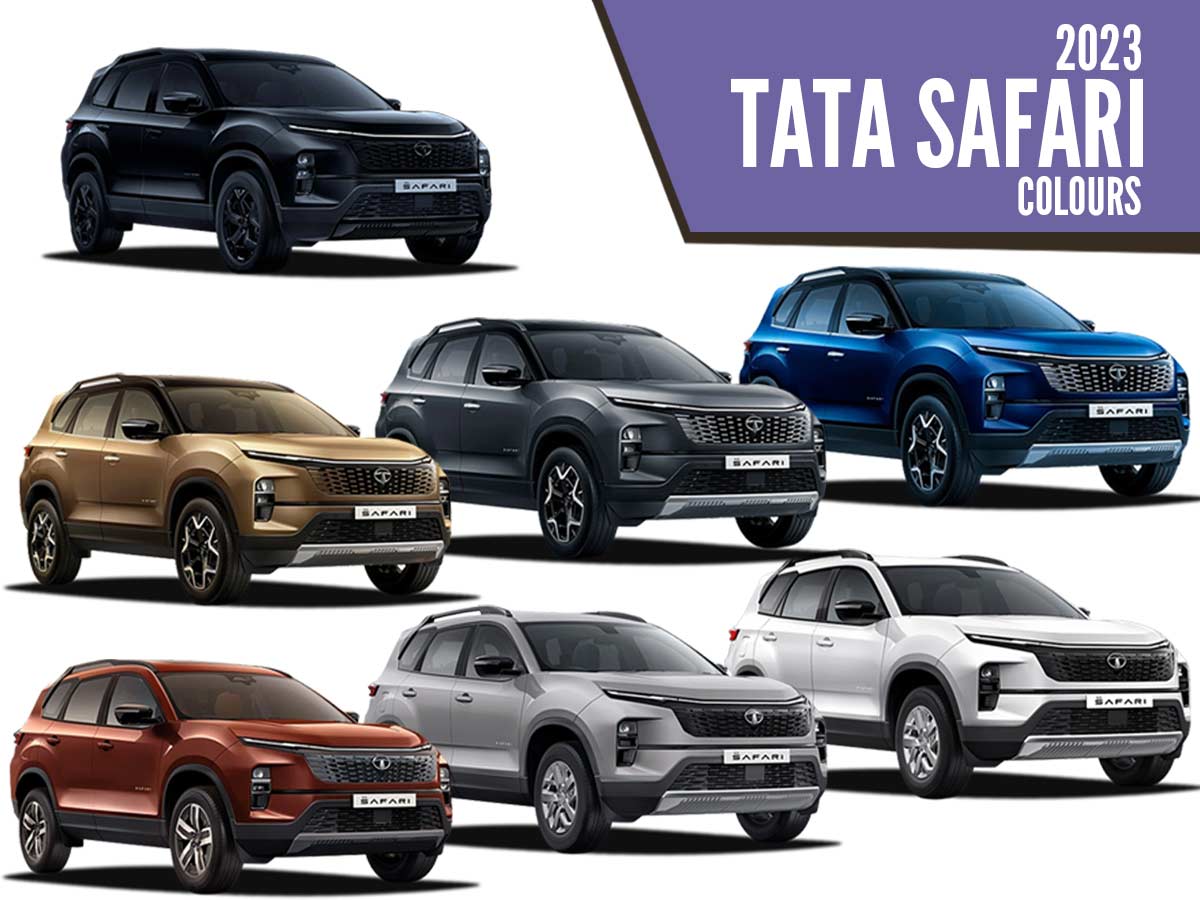Tata Motors has commenced trials of its electric bus in Chandigarh. The 9m Tata Ultra ELECTRIC bus with a capacity to seat 31 passengers will run for over 15-days.
The trail is jointly carried out with Chandigarh Transport Undertaking (CTU) and the State Transport Department. The trials are part of the Ministry of Road Transport’s plan for the electrification of public transportation.
The Tata Ultra Electric Bus utilises a completely electric drivetrain which generates zero emissions. Since there is no clutch operation or gear shifting required it provides a fatigue free driving experience.
The bus comes equipped with high safety and security with Intelligent Transport system and Security Camera Network. It also features, new generation telematics for efficient and user-friendly vehicle maintenance and tracking, Passenger Information System with designated boards and audio announcement.
The electric bus gets LED headlamps and an attractive exterior which has been inspired by modern architecture and gadgets. The designers have used neon orange highlights to depict the alternative power source. The stylish interiors of the bus can be customised as per the application and regulations.
Powering the Tata Ultra Electric Bus is a PMAC Traction motor which produces a max power of 120 kW and a max torque of 550 Nm. A 120 kW-hr, Li-Ion battery pack acts as the source of power. The vehicle range is claimed to be around 150 km. Max speed is 100 km/h without speed limiter function. It normally takes about 4 hours to fully charge the Tata Ultra Electric Bus. This time can be reduced to 1.5 hours by using fast charging.
Recently, Tata Motors had successfully carried out a trail of the 9m Tata Ultra ELECTRIC bus from Parwanoo to Shimla. The electric bus performed remarkably well and had covered a distance of 160 km in one full charge. The initial trials in Chandigarh have also shown very promising results. The bus has been able to run around 143 km, covering approximately 70% of the charge.
Dr. AK Jindal, Head, Engineering Research Centre, Tata Motors said, “Tata Motors is participating in similar trials currently underway in Nagpur, where these buses were flagged off very recently by Union Ministry of Road Transport and Highways and the Government of Maharashtra. These trials are part of Tata Motors larger strategy to be present with its electric vehicle offerings, with best-in-class value proposition, helping the company better understand its customer requirements under different operating conditions, to suitably optimize its offerings. Tata Motors is also working with various study groups formed by the central government to work out various business models for operating electric vehicles and to optimize the overall economics of these buses, for a truly MAKE IN INDIA solution.”
The Chandigarh administration has already begun the process of introducing electric buses in the city under its Smart City plan and Tata Motors is getting ready with its range of electric vehicles. The company will produce buses from 9 meters and 12 meters with different seating configurations. It will also bring in its last mile passenger transport vehicle, the Tata Magic Iris with an electric powertrain.
Tata Motors is among the top 10 truck and bus manufacturers globally and has been at the forefront of hybridization and electrification of passenger transportation. The company will also be supplying 25 Ultra-modern, full low floor Hybrid buses to Mumbai Metropolitan Region Development Authority (MMRDA), for which the approval for commencement of supplies was recently received. Till date, this has been the single largest order awarded for Hybrid Electric vehicle technology in India.
Tata Motors had recently launched the 9 m and 12 m STARBUS ELECTRIC bus, 12 m STARBUS HYBRID bus and had also showcased a futuristic 12 m HYDROGEN FUEL-CELL, along with a range of small commercial vehicle, including the articulated bus which were all designed, developed and powered by alternate fuels, to meet the current and future passenger transportation needs of Smart Cities.


